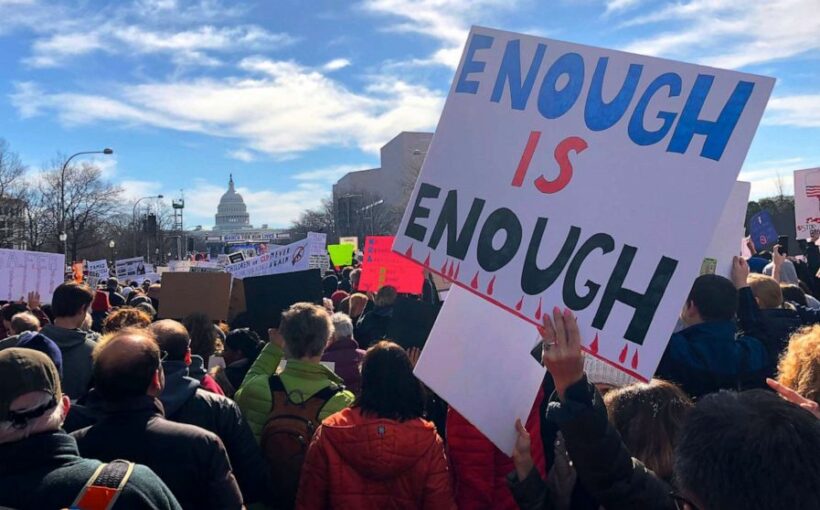Targeted violence against schools is preventable, if the warning signs are identified, according to a new report by the Secret Service released Tuesday.
The report by the Secret Service’s National Threat Assessment Center studied 67 thwarted school violence plots and 100 plotters to come up with a framework to further prevent school attacks.
The agency found that there were several consistent factors in attacks that were prevented and attacks that happened, such as a history of discipline or law enforcement interaction, if the plotter had experienced bullying or had underlying mental health issues, intended to commit suicide or had been impacted by childhood conditions.
Schools should intervene as quickly as possible, according to the Secret Service.
Dr. Lina Althari, director of the Secret Service’s National Threat Assessment Center, told ABC News that identifying warning signs of a student who could potentially carry out a mass attack is crucial in getting the student help.
“We want to make sure that we are identifying these kids before it gets to the level where they are engaging in criminal actions, and then face legal consequences for that,” she said. “We want to make sure we’re catching them early on when maybe they are becoming more depressed, they are becoming more suicidal.”
The Secret Service found that 45% of the attacks planned, but not carried out, were based on a grievance with a classmate.
It also found that 15% of potential attackers wanted to kill. For example, according to authorities Matthew Vanderbeek threatened to shoot up his graduation ceremony in 2018. Vanderbeek wanted to emulate the 2012 Aurora, Colorado, movie theater shooting that killed 12, according to the Secret Service, even going so far as dyeing his hair to match that of the convicted gunman and advocating for his release from prison.
Students are best positioned to report any concerning behavior of a classmate, the report said, but families are critical to identifying troubling behavior.
In the foiled plots studied by the Secret Service, 69% of the communications about the plans were observed by students, classmates or peers.
Often times, when reported early, student plotters are able to seek treatment rather than criminal prosecution, Althari said.
“Sometimes we know parents can be in denial,” Althari said. “But if it is swiftly explained to them what the goal of this process is which is about helping that student have successful outcomes in life.”
The report also found that 64% of the student attack plotters had access to firearms and 15 of the foiled plots were set to be conducted on dates in April — likely because of the Columbine High School shooting, which occurred on April 20 in Colorado.
The Secret Service found that in nearly half of the planned plots, one or more of the co-conspirators had interest in the 1998 shooting at Columbine.
And of the school attackers who planned but did not carry out the attack, 85% either researched how to obtain or obtained weapons. And in nearly all of the attacks, the plotter planned to use firearms in the attack itself and 51% had planned to use explosives.
The report indicated that 75% of the plotters were discovered because they communicated their intent and most behaviors were observed and reported on the same day.
In one instance, a 17-year-old male was reported to police by a friend after he indicated he wanted to carry out a school shooting.
“The plotter created cellphone videos in which he discussed his plot, stating he would kill more people than Columbine, Virginia Tech or the attack in Oslo, Norway,” the report says. “The plotter spoke about purchasing an AK-17 with a laser sight, told him that he perfected a timer for bombs and showed him a map of schools.”
A majority of the plotters were also male, which is consistent with previous Secret Service research on mass attacks.
Source: Read Full Article
